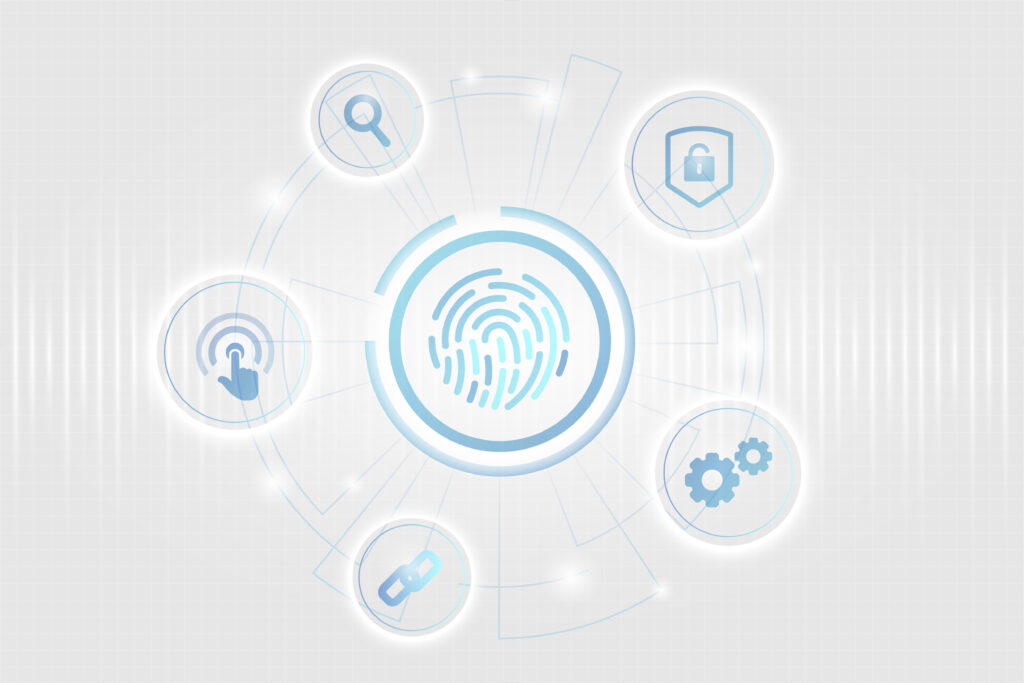The field of forensic science known as “digital forensics” assists in the investigation of cyberattacks, online fraud, data recovery, and identity and data theft. It has become one of the most significant areas over the years due to the increased levels of cybercrime. The words “digital forensics,” “cyber forensics,” and “computer forensics” are used interchangeably and have similar meanings.
Digital forensics is used by private firms, organizations, and enterprises for operational troubleshooting, log monitoring, data recovery, and regulatory compliance. For example, Operational troubleshooting help in finding hosts with incorrect network settings, log monitoring helps in analyzing log entries and correlating with other systems that can assist in incident handling and tracking whether a cyberattack took place or not, and data recovery can help an organization in finding out deleted log files and important data files by hacker which can help in tracking down the hacker.
Private firms have an incident response team, consisting of investigators, IT professionals, and incident handlers to respond against cyber attacks such as data breaches, ransomware, phishing attacks, worm attacks, etc. This incident response team uses digital forensics to investigate all these attacks.
Types of digital forensics:
- Network forensics focuses on network monitoring, intrusion detection, prevention, and network analysis. Information shared via the internet is volatile, it can be lost when the network is switched off, hence the network-based footprint is the best way to track an attacker.
- Wireless forensics is network forensics only for wireless networks.
- Database forensics deals with database analysis, data and metadata extraction from different kinds of databases.
- Malware forensics deals with tracing malware, determining the extent it can cause disruption, and creating the same malware from the code or scripts.
- Email forensics looks after phishing emails, emails with viruses, worms, or Trojan horses, and forged emails.
Digital forensics Process:
Digital forensics follows a specific procedure while carrying out an investigation:
Identification is the first step. The key to identification is identifying the appropriate evidence – what is the evidence, where it is located, and how it is stored? The pieces of evidence are in digital formats like PDFs, web documents, images, videos, etc.
Preservation involves isolating, preserving, and securing the evidence in its original form and duplicating the necessary evidence. Digital devices used in cyberattacks or criminal activity are prohibited from use because the evidence on devices can be tampered with.
Analysis is about analyzing all the evidence and building logic on how the crime was committed using different tools and techniques.
Documentation consists of various kinds of images, videos and files. Properly documenting all pieces of evidence for easy reader understanding. Proper documentation can help in the recreation of a cyberattack or crime scene.
Presentation includes a summary of key points and drawing conclusions from all evidence.
How is cyber security related to digital forensics?
Cybersecurity is dependent on digital forensics, as they provide insight into how the cyberattack or cybercrime was committed. This helps in the creation of new tactics, equipment, techniques, or technological advances that can prevent or stop similar cyberattacks. Cybersecurity is about protecting data, securing digital data, and mitigating the risks of cyberattacks and cybercrime.
Digital forensics is a reactive process that comes into the picture after a cybercrime or cyberattack is committed, while cyber security is a proactive process that plans in advance and tries to reduce the chances of cyberattacks occurring. For example, if a cyberattack was carried out on some company networks, the digital forensics team would investigate the network and try to find any loopholes or evidence that led to this attack. then cybersecurity or information security comes into the picture, which can provide some patches to these loopholes and reduce the chances of such attacks from happening again. Thus, cyber security and digital forensics go hand in hand to prevent cyberattacks.

Objectives of digital forensics:

- Analysis of cybercrime using designing, inspecting and drafting procedures for investigation
- Recovering deleted files, hidden files, and temporary information from various electronic storage media (volatile as well as non-volatile)
- Digital forensics helps businesses and enterprises to recover lost data, track down breaches, and cyberattacks
- Analyzing and preserving evidence, observing network traffic and logs, tracking emails, and drawing conclusions
Some of the real-world digital forensics business cases:
- Insider threat: A large US based technolgy company’s autonomous car division was the subject of an insider threat investigation after one of the engineers left the company to join a Chinese automobile company. This led to the suspicion of his manager, who conducted a forensic investigation against him. Using network forensics, it was found that he had done bulk searches and downloaded targeted files from secret databases. This helped Apple file a case against him and prevent potential IP theft.
- Malware attacks: A construction company made extensive use of online money transfers. Hackers took advantage of this and installed keylogger malware on one of their computers. This allowed them to capture private banking credentials and make money transfers to their bank accounts. A digital forensic agency was hired to identify the miscellaneous money transfers but it was too late, and the company still lost 350,000 dollars.
Advantages of digital forensics:
- Proper digital pieces of evidence are acceptable in a court of law
- Digital forensics assures people that no one can get away after committing digital or cyber crimes
- Digital forensics helps businesses and organizations to save money and time
- Helpful in tracking down cyber criminals and cyber terrorists
Drawbacks and challenges of digital forensics:
- Digital forensics investigation is a time-consuming process.
- Cloud computing is another challenge for digital forensics because evidence lies on the computer hosted in the cloud. The computer being hosted can be in some other geographical area or country, and with each country having its own jurisdiction over data, it becomes extremely difficult to determine custody.
- Forensic experts should have a vast amount of knowledge and keep themselves updated with newer technologies.
- With a large number of users and extensive use of the internet for almost all purposes, it is difficult to track down every malicious user over the internet.
How SecurDI can help:
SecurDI is a team of professionals with vast knowledge and experience in cyber security and digital forensics. We help organizations find best-fit solutions, which satisfy not only all their business requirements but also their security requirements. We offer strategy, implementation, operations and advisory services for different cybersecurity areas. In addition, our experienced professionals go above and beyond to ensure you make effective use of solutions implemented in your organization and improve your Cyber posture.
Authored by
Mehul Jogadia

